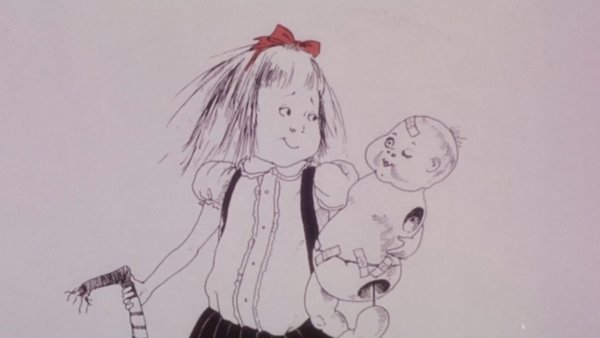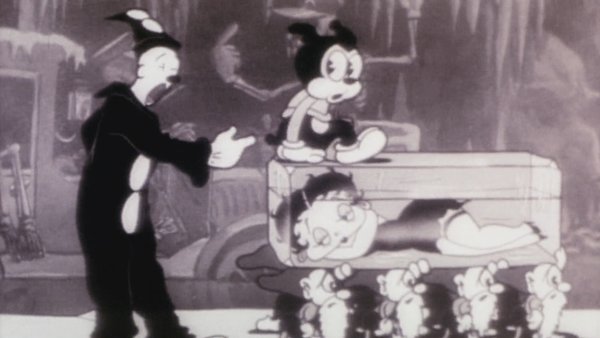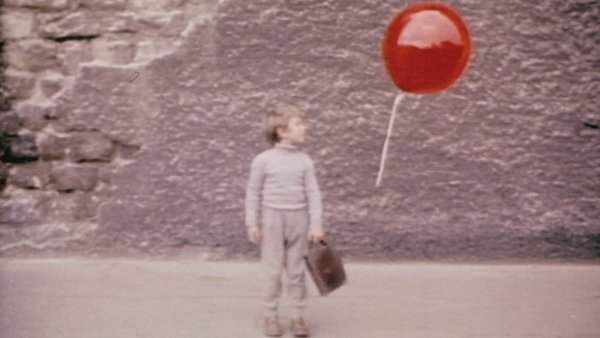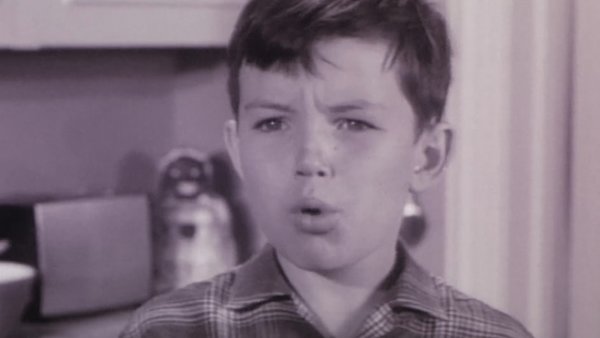Vanilla Sky Ending: Every Frame Explained
19. David's Early Pop-Culture Memories

The montage is absolutely filled with pop-culture references, and it's telling that much of the visual media featured throughout it is from the 1950s, likely having been a part of Crowe's own childhood.
For instance, we see a frankly unsettling drawing taken from Kay Thompson's "Elise" (above), a series of books focused on a young girl going stir crazy in her snazzy New York apartment building. That's not entirely unlike David's predicament throughout the movie, no?
Elsewhere, we see a few frames of the 1933 Betty Boop short animation Snow-White, which is surely a direct nod to David's father's sneaky associates being referred to as the "Seven Dwarfs" during the film.
It also doesn't take a genius to see the parallels between Snow White and David - a man caught between states of wake and death-like sleep, just like Snow White.

Next, there's a few frames of the classic 1956 French short film The Red Balloon, which focuses on a boy befriending a sentient red balloon.
Though direct similarities to Vanilla Sky aren't immediately obvious, Crowe does briefly invoke red balloon imagery elsewhere in the film
During David's surreal, seemingly deadly sex session with Julie (Cameron Diaz) late in the film, there's a quick flash of a boy holding a red balloon in the lobby of the Life Extension building.
This is actually taken from the film's alternate end sequence in which David pulls a gun in the lobby while the boy cowers with his mother.

Then there's a shot of young Jerry Mathers in the hit sitcom Leave It to Beaver, another staple of '50s American life:

And finally, there's a brief glimpse of Audrey Hepburn in the 1954 classic dramedy Sabrina, which is especially interesting given that the film is shown playing in David's bedroom in Vanilla Sky's very first scene.

All in all, it's clear that in his seemingly "final" moments, David is poring over the formative pop-culture touchstones of his own childhood.